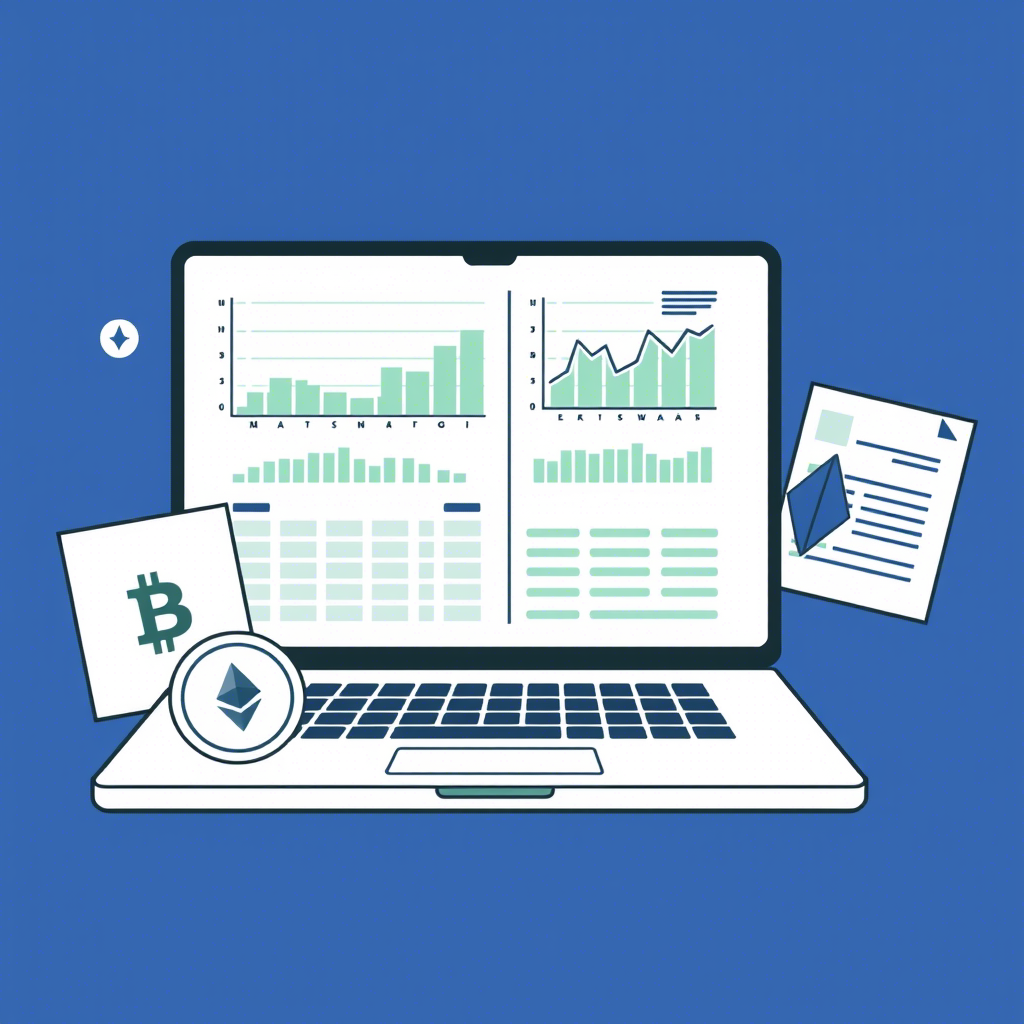Surfing the internet today feels vastly different from the early days of the World Wide Web. But have you ever wondered how we got here? Join us on a journey through time as we explore the fascinating evolution of the internet from Web1 to Web3. Discover how each stage has transformed our online experiences and get a glimpse of the exciting future that Web3 promises. Whether you’re a tech enthusiast or just curious about the digital world around you, this guide will help you understand the key differences between Web1, Web2, and Web3 in simple, easy-to-grasp terms. Let’s dive in and unravel the story of our ever-changing digital landscape!







